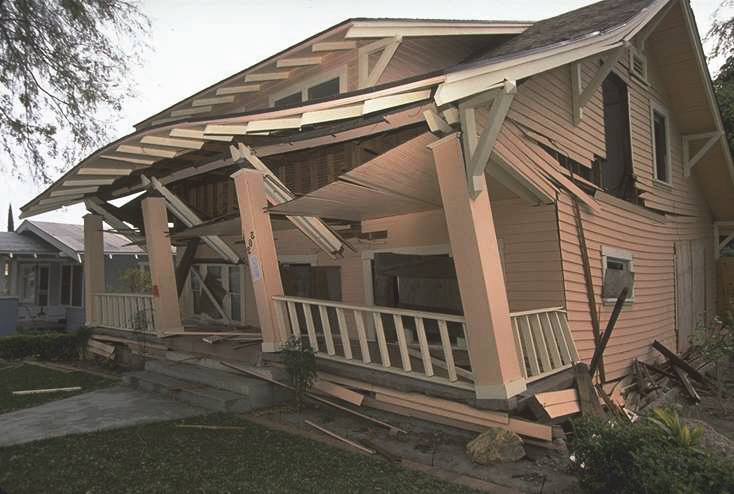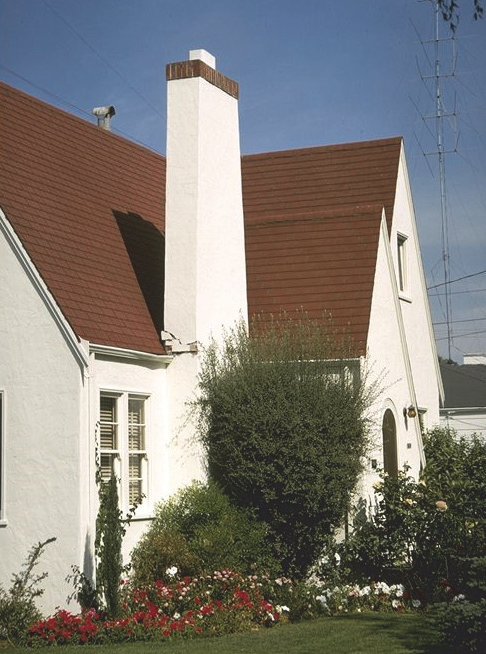What Types of Problems are Typical in Houses?
There are two types of problems associated with seismic damage to dwellings. The first type is structural damage. This is damage caused by an earthquake that directly affects the capability of the house to stand up. The second type of damage is classified as nonstructural damage. This type of damage does not affect the integrity of the structure, but may prevent the use of structure after an earthquake.
What are Common Structural Deficiencies?
The most common structural deficiencies in houses are related to the foundation. Since the foundation supports the rest of the house, any damage to the foundation will most like affect the integrity of the structure. Many wood-frames homes, typically older housing, may not be adequately anchored or bolted to the foundation. Without proper anchorage, a house can slide off the foundation during the earthquake, severely damaging or destroying the house.
Another common deficiency in the foundation is an unbraced "cripple wall." This is the short wall that connects the foundation to the floor of the house and encloses the home's crawl space. If these walls are not braced with plywood, they have the potential to lean or collapse, sending the house crashing down to the foundation.

Cripple wall collapse caused by the 1994 Northridge, California earthquake resulting in
widespread related damage in upper-story framing and relative movement between the main house and the covered porch. (photo credit: Federal Emergency Management Agency, or FEMA). Source: Earthquake Damage Assessment and Repair Guidelines for Residential Wood-Frame Buildings Volume 1, CEA-EDA-01 2020.
What are Common Nonstructural Deficiencies?
Even if a house is structurally sound, damage can occur due to items in the house. This type of damage can prevent the use of the house and have a significant financial impact on repair of the house following an earthquake.
The most common items that can cause damage are unbraced water heaters (which may explode and cause a fire), unreinforced masonry chimneys, tall shelves and tall file cabinets. In addition to damage, toppling of these elements can cause severe injury.

Damage to masonry chimney at shoulder (photo credit: K. V. Steinbrugge, NISEE e-Library). Source: Earthquake Damage Assessment and Repair Guidelines for Residential Wood-Frame Buildings Volume 1, CEA-EDA-01 2020.

Toppled “swamp cooler” due to earthquake (photo credit: Exponent). Source: Earthquake Damage Assessment and Repair Guidelines for Residential Wood-Frame Buildings Volume 1, CEA-EDA-01 2020.
How Do I Fix These Problems?
Many of the problems described above can be remedied through simple and inexpensive means. Nonstructural deficiencies can usually be mitigated using simple clips and straps bought at a local hardware store. Structural deficiencies may require the hiring of a general contractor or engineer. For more information on solutions, please visit the Association of Bay Area Governments, California Earthquake Authority, or download the pamphlet produced by the City of San Leandro.